Exploring Treatments To Improve Functioning and Reduce Pain
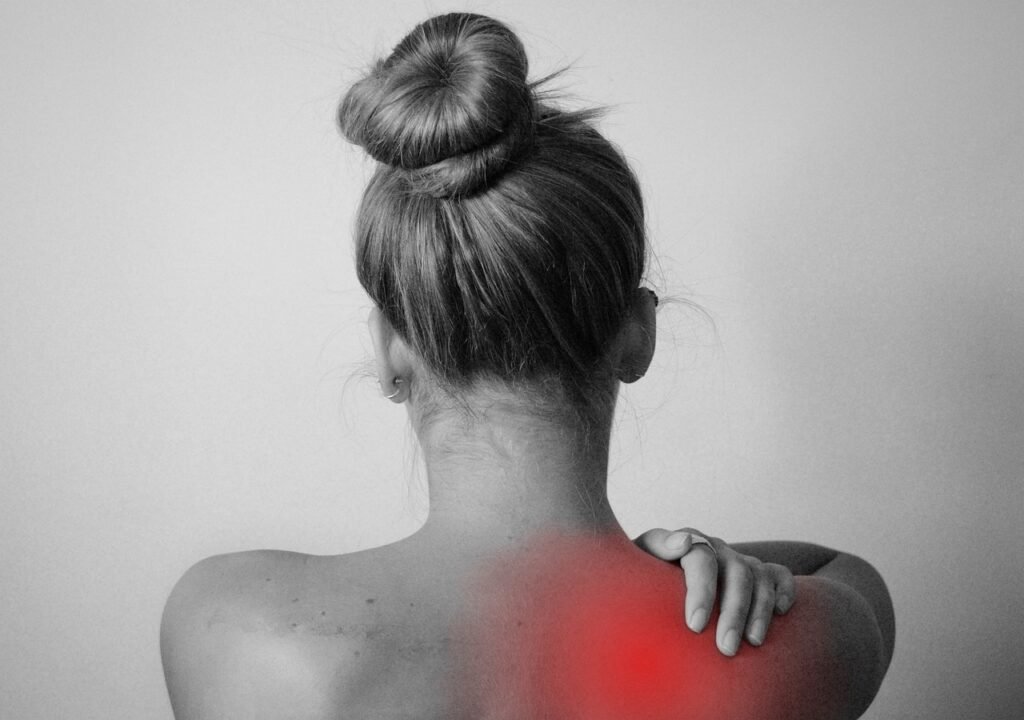
Summary: In May, the author experienced excruciating shoulder pain while removing a cardigan, leading me to a diagnosis of supraspinatus tendinopathy, a condition more prevalent in Type 1 Diabetes. Traditional treatments like painkillers and physiotherapy didn’t fully resolve the issue. Despite initial success with osteopathy and the Egoscue Method, the pain persists, prompting the author to explore jaw involvement and consider incorporating sound healing for holistic relief.
I am in pain. In May, I was removing a cardigan when my shoulder erupted in pain. It spread all the way down and across my chest. I could hardly breathe and momentarily wondered if I was having a heart attack. I went immediately to the ER. It turns out I have suprasinatus tendinopathy or, in other words, pain in the shoulder joint due to deterioration in the tendons of the joint. Diabetics are more prone to this condition.
Shoulder Injuries In Type 1 Diabetes
Those with Type 1 Diabetes are at a significantly higher risk of having a shoulder issue than those without T1D: 27.5% of the diabetic population versus only 5% of the non-diabetic population. And this correlation does not seem to be related to the level of control of blood sugars, as measured by the glycosylated haemoglobin score (HbA1c).
Treatment For Shoulder Pain
When I first damaged my shoulder, I was prescribed pain killers and non-steroidal anti-inflammatories. I was also referred to a physiotherapist, who I saw for ten sessions. I was given ultrasound and exercises to help strengthen the joint. None of that worked to resolve the problem. The doctor then wanted to inject saline into my joint to ease the inflammation and, as he said it, “press the reset button on the joint”. I decided to say no to that.
Instead, I went to see an osteopath. Within three sessions, I had an 80% reduction in pain and a significant improvement in my range of movement. I was nearly back to normal. But I had to travel and therefore couldn’t fit anymore sessions in. When I returned, I immediately had more osteopathy sessions but, this time, it’s just not working. The pain is still there. It has periods when it increases and periods when it’s less but it’s never absent. I wake up multiple times in the night in pain. Did I make the wrong choice to not have the joint injections…?
Egoscue Method
The one thing that has been helping me through this is the Egoscue Method. This is a method created by Pete Egoscue to correct misalignments in the body and therefore restore symmetry and balance to the whole system. I bought the book “Pain Free by Pete Egoscue” and have been working through the exercises in there on a daily basis. And it helps. It hasn’t completely healed it but, on the weeks that I put the effort in, I do get the results. My pain lessens and I have more movement.
My osteopath also recommended, at my last session with her, that I go and see a jaw specialist. I have quite a lot of pain in my jaw and I’m wondering if this might be the root cause of the problem (and my shoulder is purely adapting position to other out-of-alignment parts of my body, like my jaw). I had a lot of jaw pain twenty years ago. My jaw locked for about six months and I could barely open my mouth to eat. From what I remember, I thought it just resolved itself. Now, I’m wondering if my body compensated by absorbing the pain and misalignment into the other joints of my body. Perhaps my shoulder has been carrying it since then.
Osteopathy + Egoscue Method + Sound Healing = Cure?
So I’m going to continue with my osteopath and also ensure, with as much as I can, that I do my Egoscue Method exercises daily. And, just for fun, I’m going to add a weekly sound healing session into the mix. I did a Sound Healing session a month or so ago and, during the session, when one particular frequency was played, my shoulder erupted in the most awful pain. That vibration got right to the root of the pain. I could just feel it. And it did feel much better after the sound healing finished. So I’ll apply that in there too and see what happens.

GET HEALINGT1D’S FUTURE ARTICLES IN YOUR INBOX!
Get the latest musings and findings straight to your email inbox.
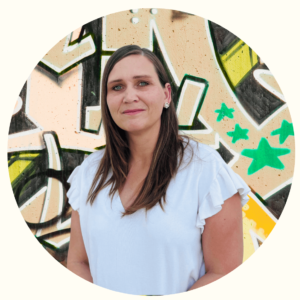
Natalie is a blogger with Type 1 Diabetes. Natalie’s special gifts are questioning the status quo and being a rebel. She is using these gifts to question medical ‘knowledge’ and find a true cure for Type 1 Diabetes.
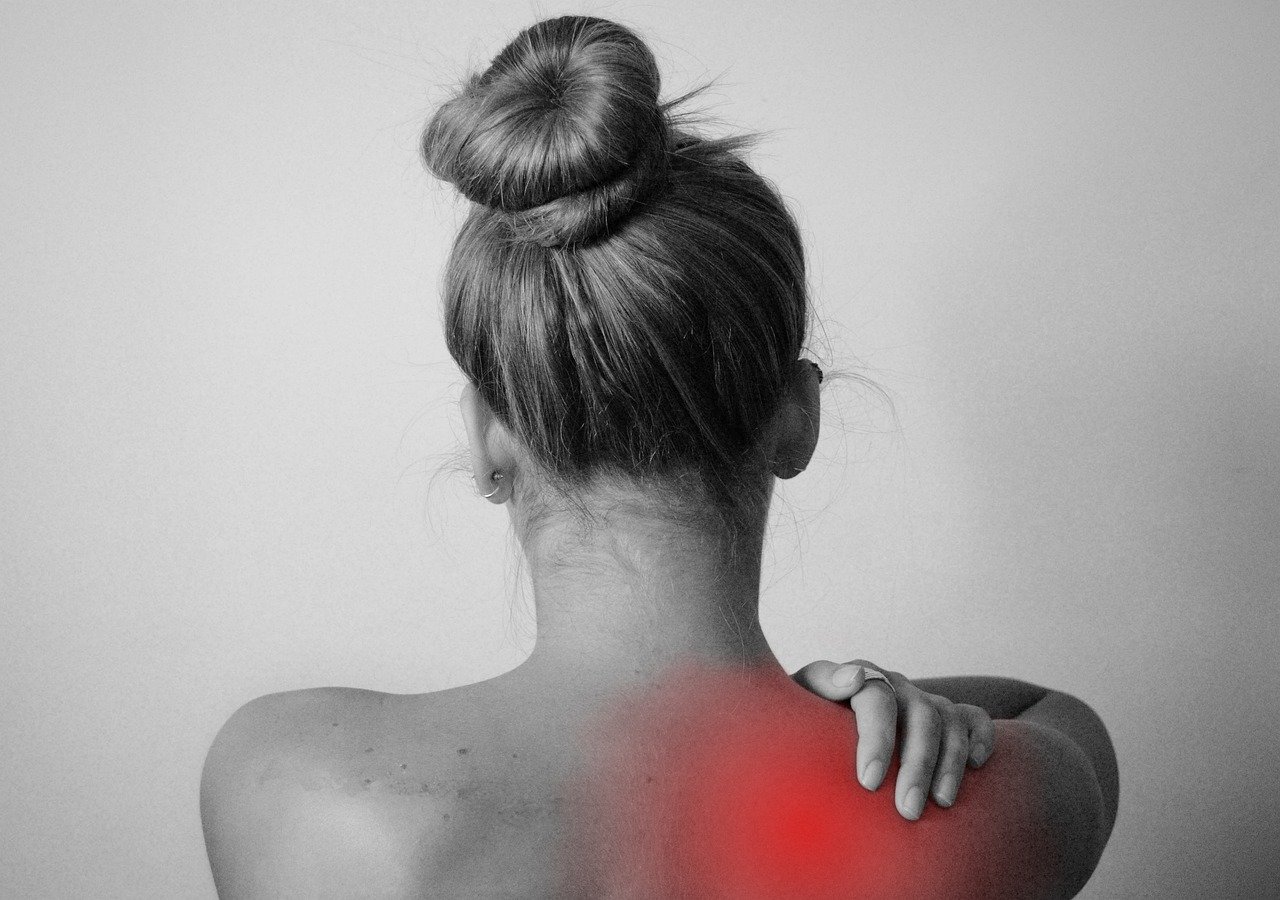
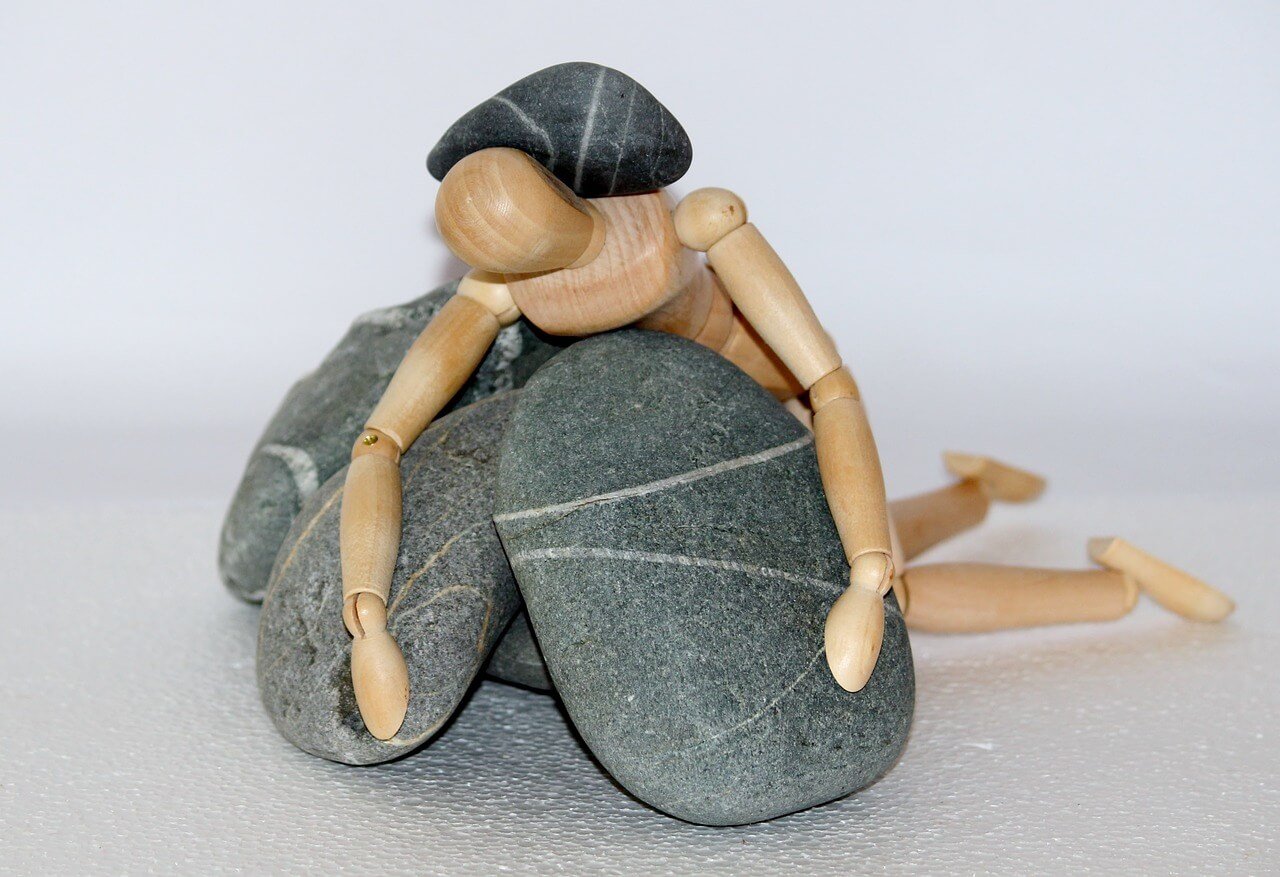
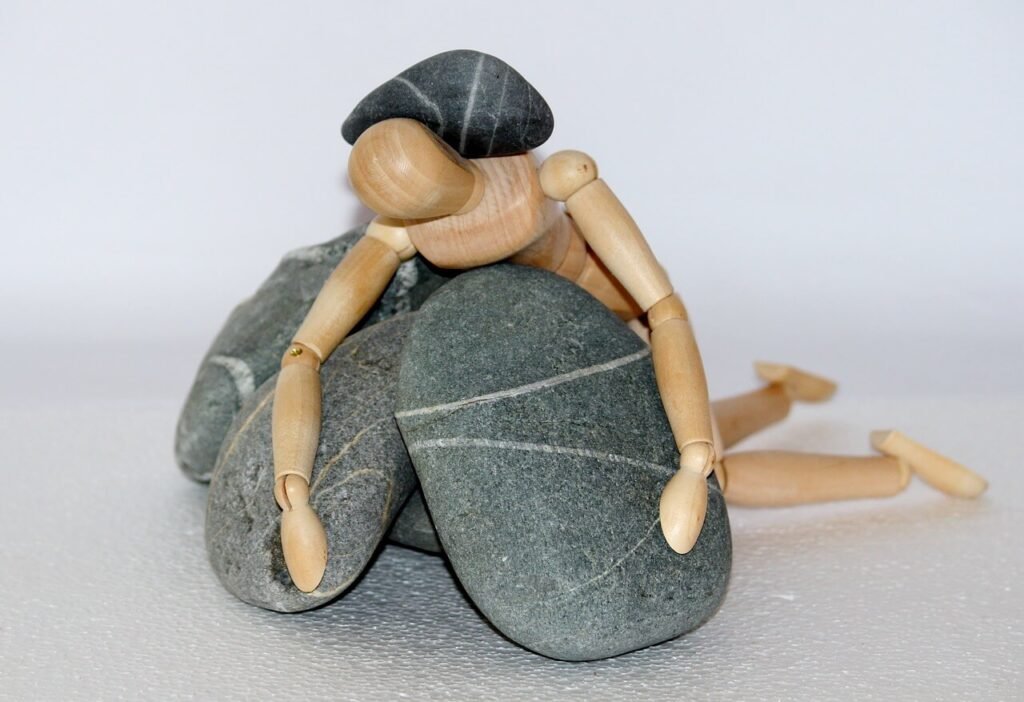
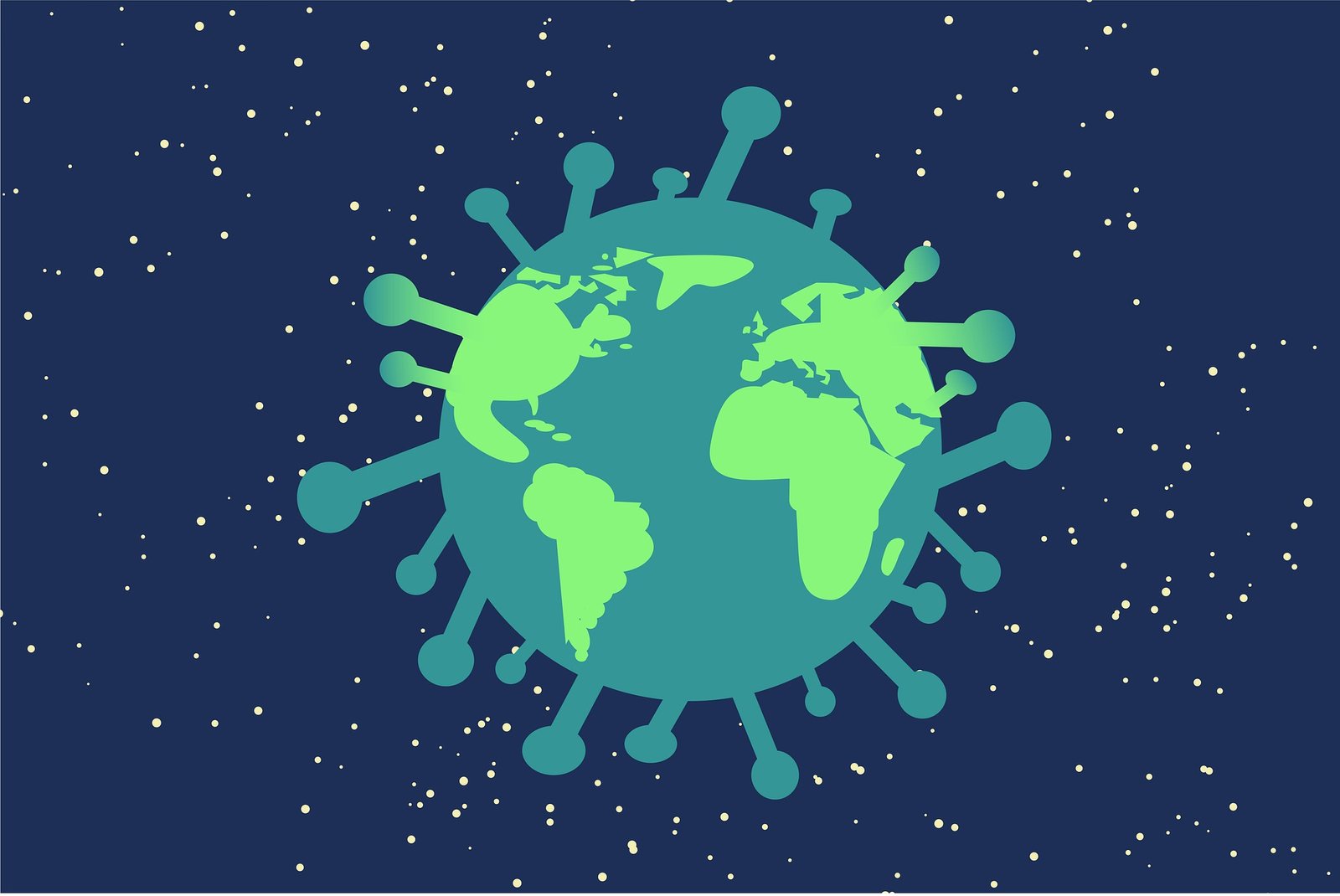
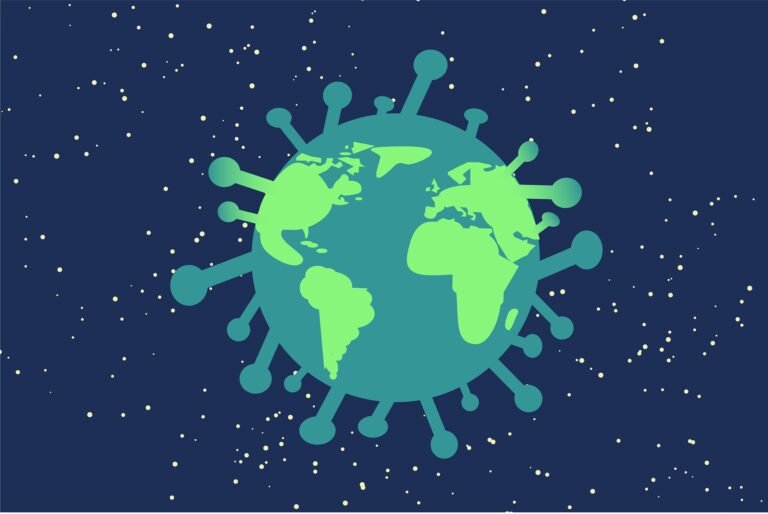
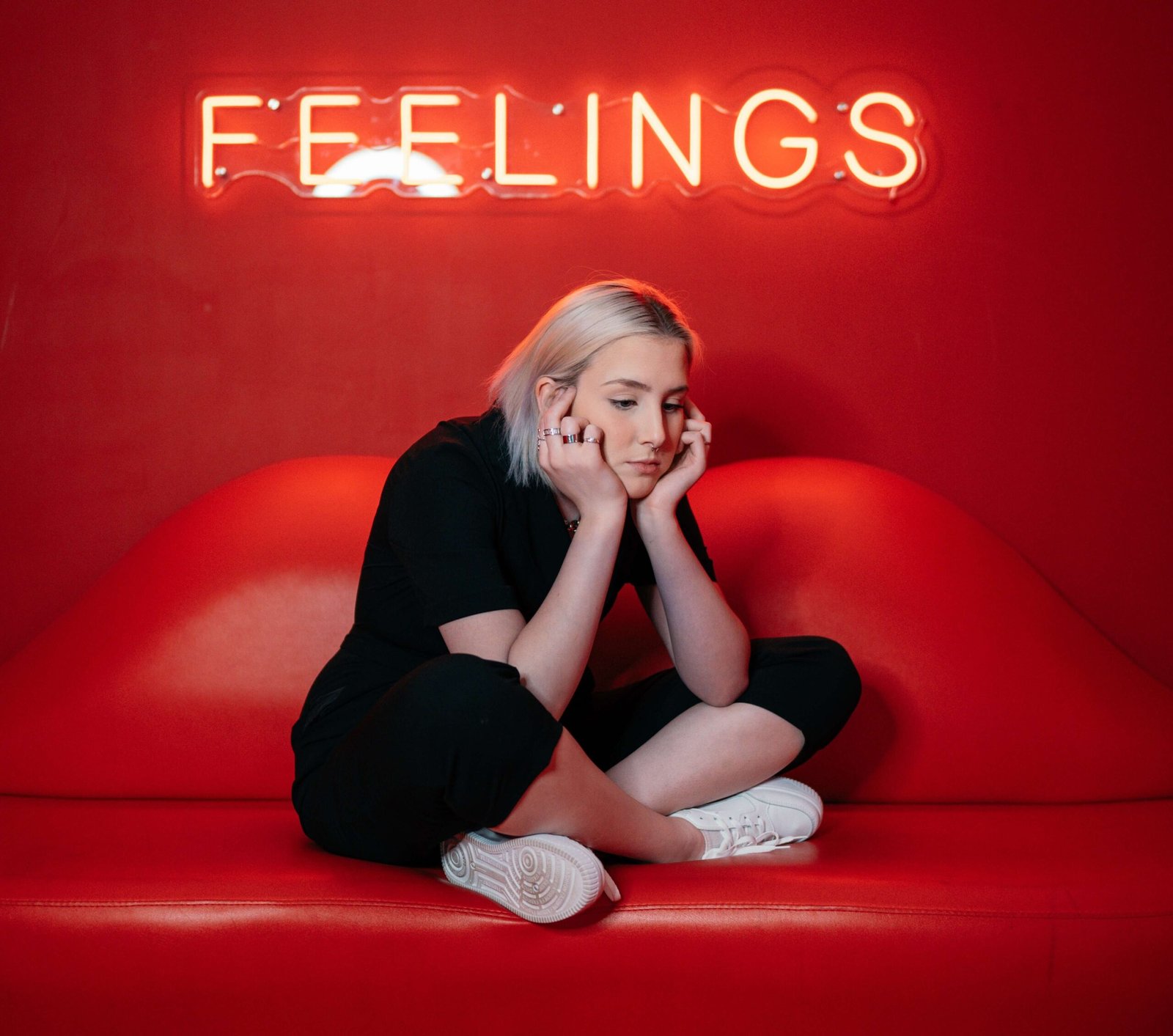
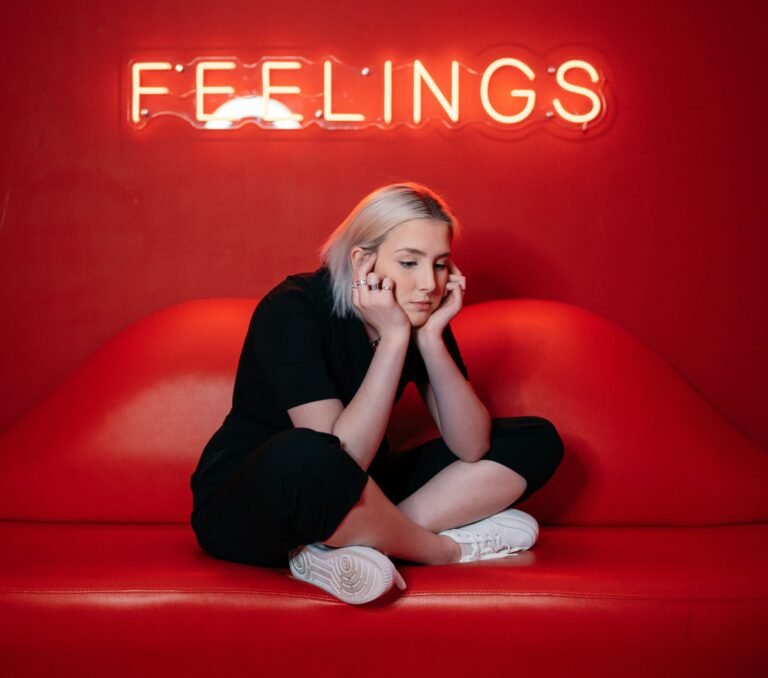
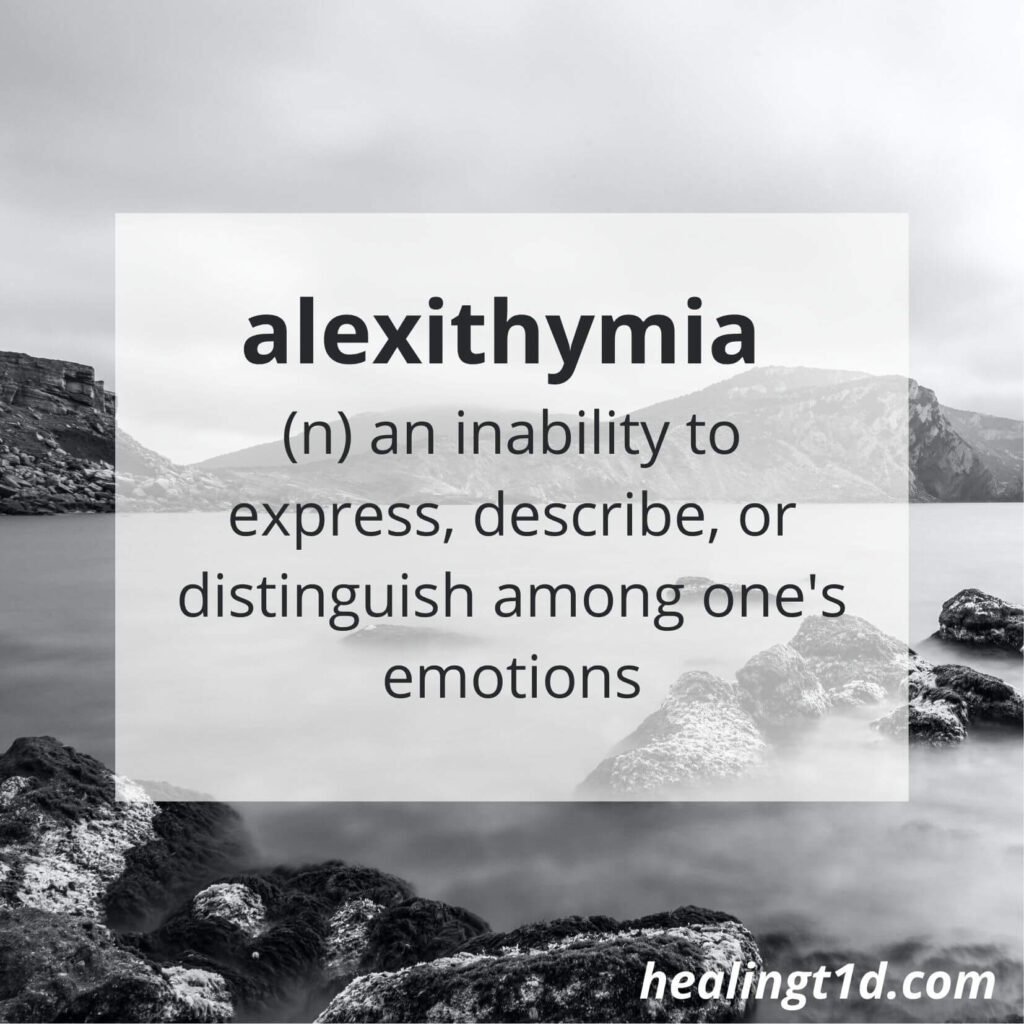



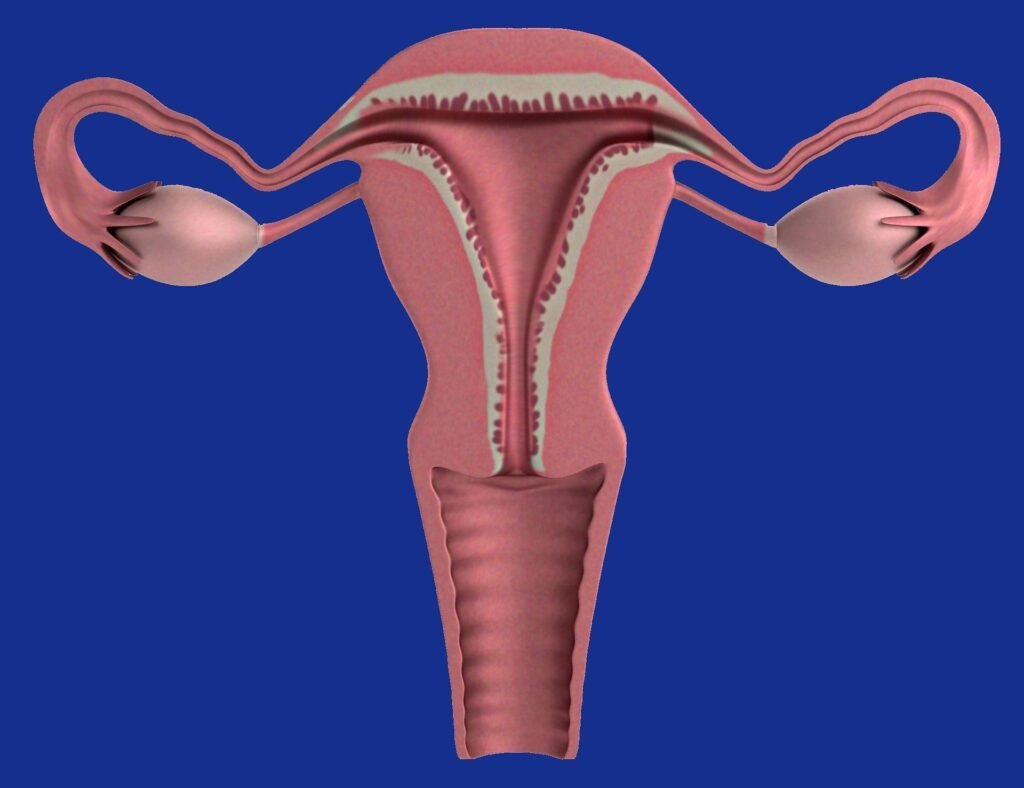

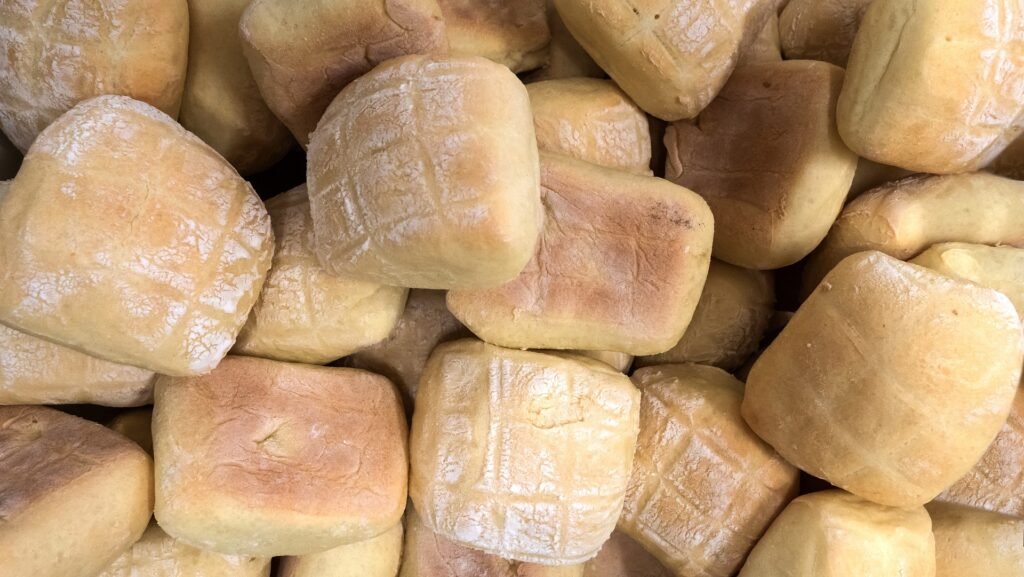


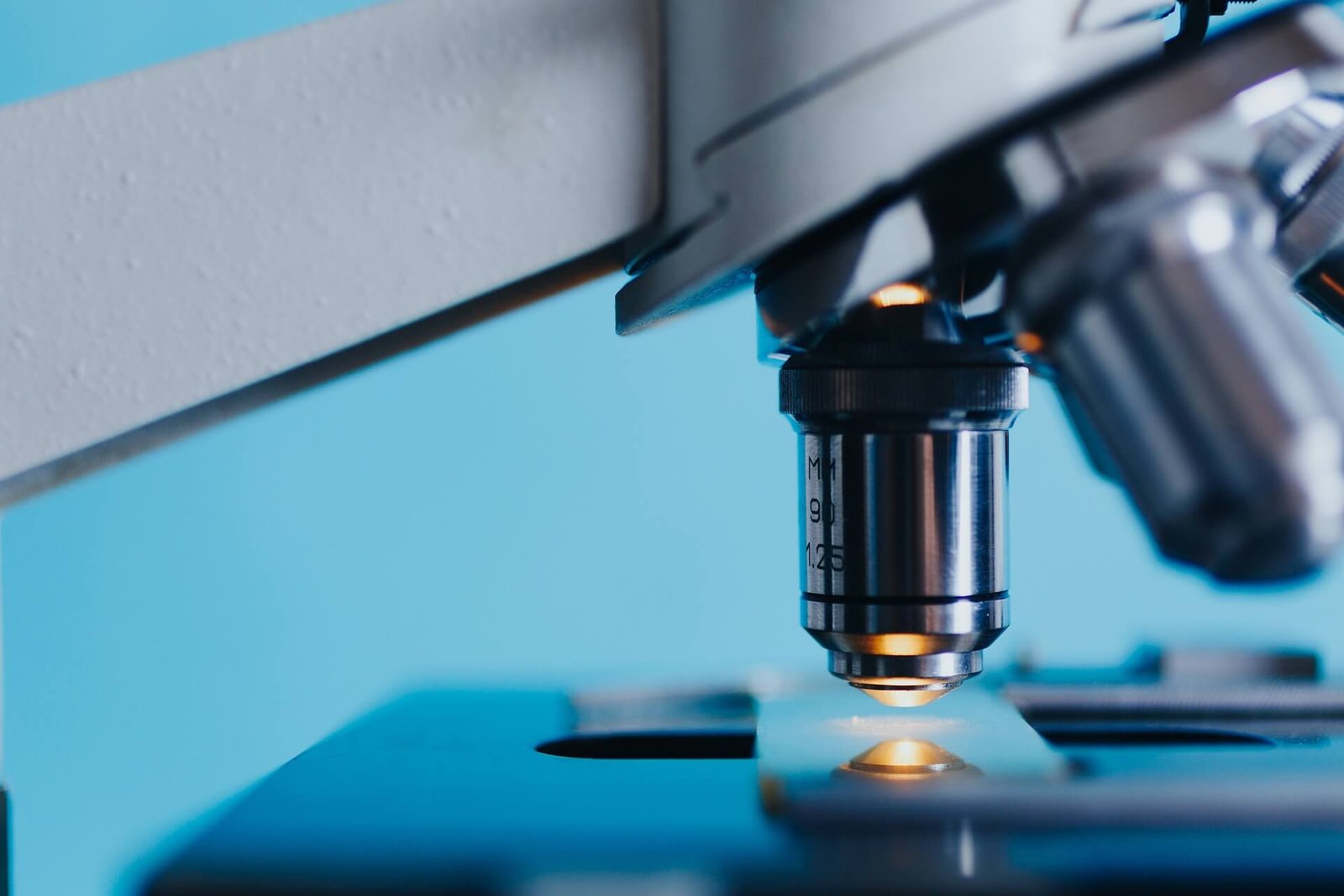



Recent Comments: